All products featured are independently chosen by us. However, SoundGuys may receive a commission on orders placed through its retail links. See our ethics statement.
What is Dolby Atmos and how can you get it?
September 8, 2025
Dolby Atmos debuted in 2012 with the release of Pixar’s movie Brave and has ushered in a new era of 3D sound. Dolby Atmos has rapidly expanded its presence across various audio platforms and devices. As of 2024, it’s available in over 4,400 theaters globally, has become a staple in home theater systems, and has even made its way into mobile devices and headphones. Whether you’re enjoying media from your phone, TV, or local movie theater, the audio is likely supported by Dolby. But what is it, exactly? Let’s dig in.
Editor’s note:
- This article was updated on September 8, 2025, to update formatting, content.
- This article was updated on July 25, 2024, to include a section on Dolby Atmos and headphones and answer additional FAQs.
- This article was published on September 21, 2020.
What is Dolby Atmos?
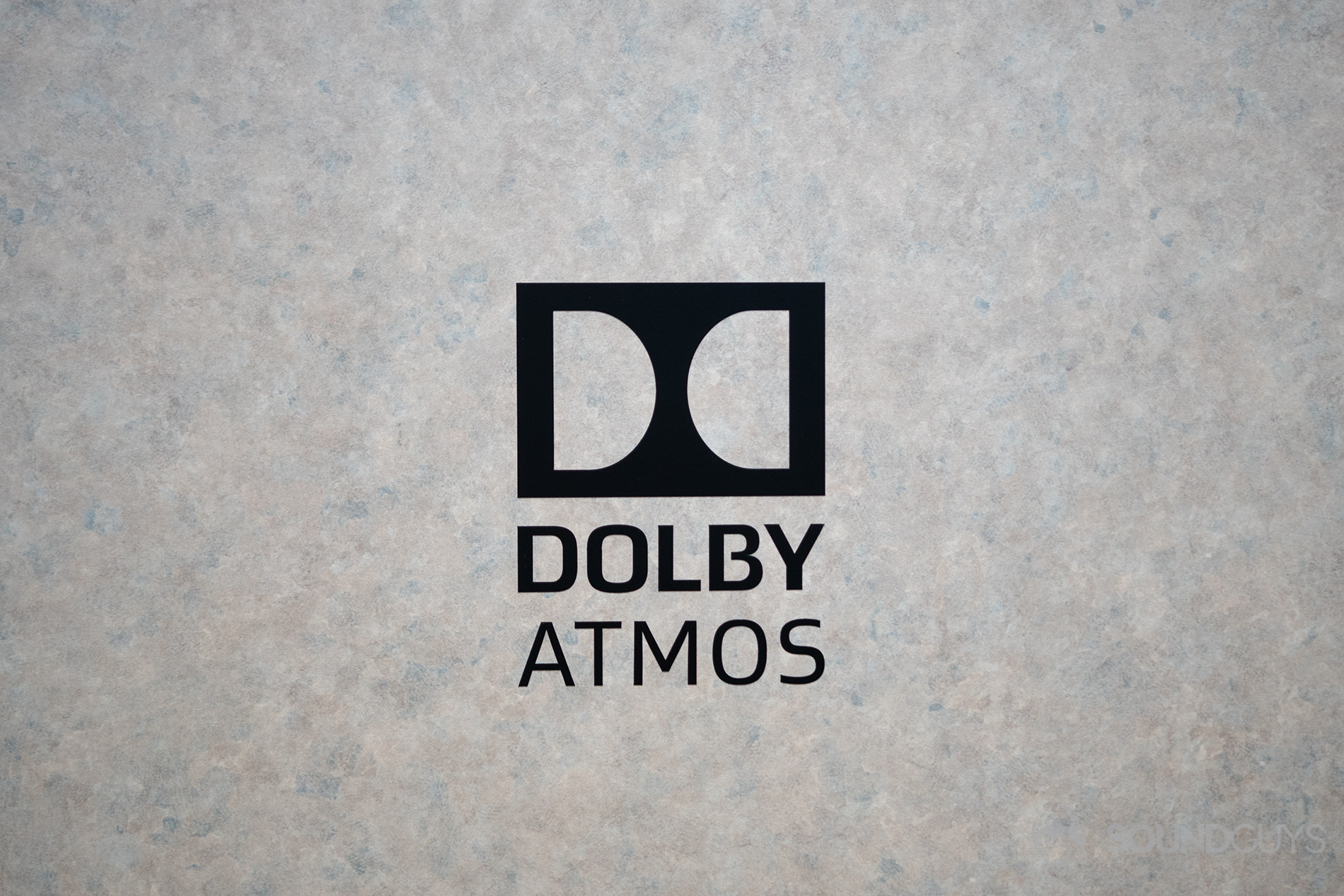
Dolby Atmos takes Dolby’s traditional 5.1 and 7.1 surround sound setups a step further by adding a third, overhead dimension. You’re no longer constrained to a stereo system or standard six- or seven-channel arrangement. With Dolby Atmos, you experience an auditory atmosphere, as the name implies, and are encompassed by scenic sounds by your equipment bouncing sounds off your ceiling. The end result: an environment that more accurately represents how we experience sound.
The defining feature of Dolby Atmos is its configuration of audio objects. Sounds are no longer limited to their respective channels. Since Atmos’ introduction, audio is interpreted and recreated as objects. Think of each sound as a floating orb in space: it’s not limited to vertical or horizontal movement. That sound orb can float along any plane. Audio engineers can take advantage of the 128 available tracks, 10 of which are dedicated to ambient stems or center dialogue. This means 118 tracks are available for audio objects at any given point.
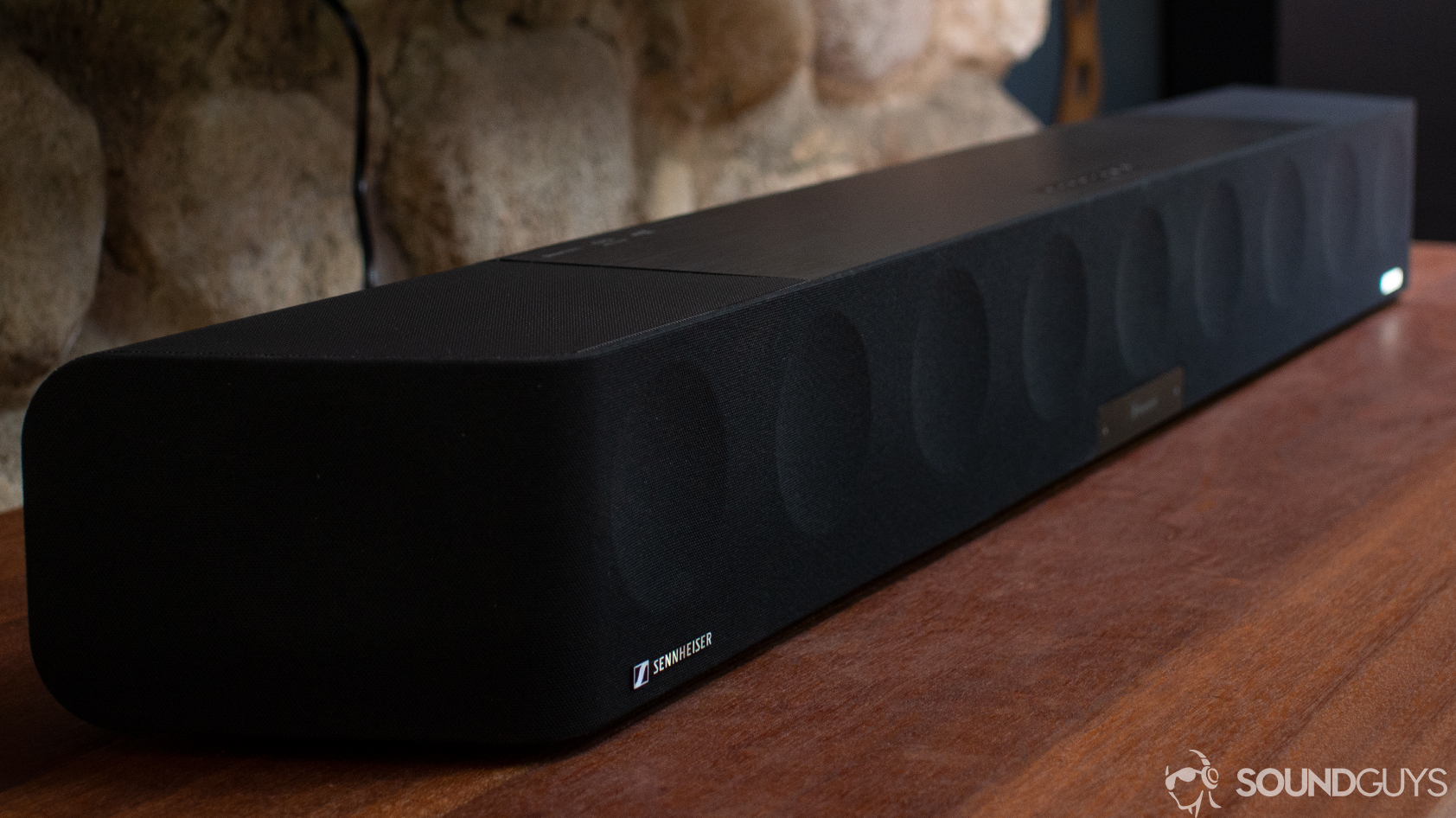
Each object has its own metadata. If you’re familiar with photography, you’ve probably heard the term metadata before. When it comes to Dolby Atmos audio, metadata informs your television or A/V receiver of how to process audio data. You’ll get the most out of the technology by maxing out the number of usable speakers (64). However, the cool thing about Atmos is how it makes audio sound great on a simple setup, too, so long as the relevant metadata is available for all in-use audio objects.
Rather than using static channels, Dolby Atmos uses audio objects which can be placed anywhere in a 3-D space.
An example Dolby uses across its site is that of a fly-by helicopter. Think of your favorite action movie: the hero sees a helicopter approach, his tough-guy getaway chopper. It flies overhead to the rendezvous point. A standard stereo system will pan the sound from left to right as it passes the character, but can’t emulate aerial sounds. Dolby Atmos, on the other hand, can do so. In fact, you don’t even need multiple speaker outputs, many capable soundbars can recreate this overhead sound so long as its properly setup.
Where does Dolby Atmos sound the best?
As of April 2019, over 4,400 theaters service Dolby Atmos audio, which means they use all 64 speakers for your entertainment. You can even use a Dolby Cinema locator to see if your local theater provides the whole Dolby Cinema experience. This goes beyond just audio and includes Dolby Vision HDR, ergonomic seating, and more. Although 4,400-plus locations are a lot, there are plenty of regional theaters without access to Dolby Atmos. If that’s the case, you may be better off investing in an at-home setup.
Home theater listening
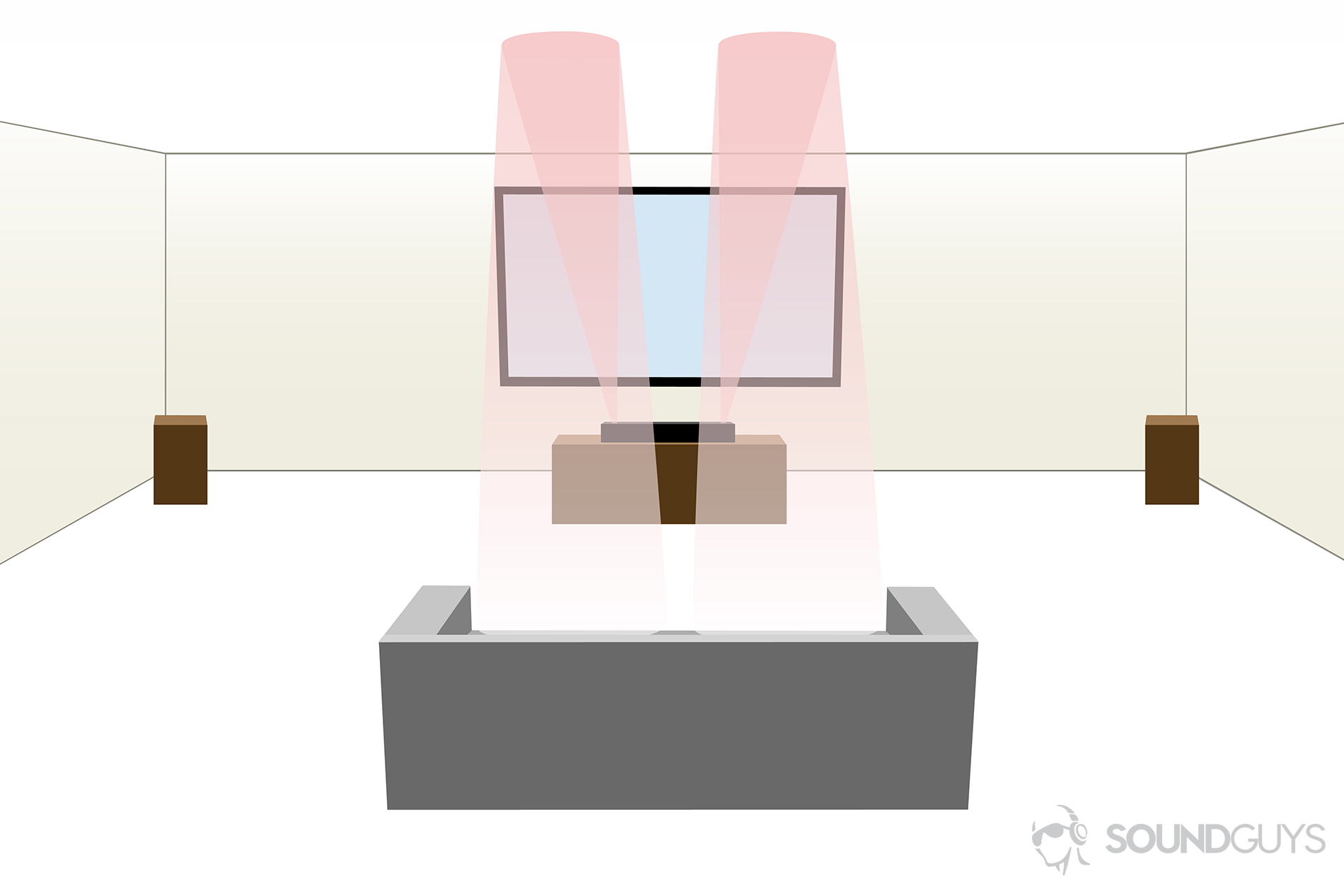
Dolby Atmos for the home still relies on audio objects and requires a Dolby Atmos-enabled audio-visual receiver (AVR). The receiver will automatically know how many speakers are being used, what type they are, and where they’re positioned. From there, the object audio renderer (OAR) unpacks any metadata to scale each audio object appropriately and relay it through the designated speaker. This is all done and tracks instantaneously.
The benefit of Dolby Atmos in a home theater is its versatility. Dolby Atmos can be played back on virtually any speaker configuration—it maxes out at 34 speakers, though. Again, the more speakers you have, the more precise each audio object’s placement. If you don’t have the space or money to afford a 34-speaker arrangement, you can always upgrade your system down the road. That said, having 34 speakers in your house is pretty excessive unless they’re paying rent, which is unlikely.
Dolby Atmos for the home theater works with a maximum of 34 speakers, which is overkill for most situations.
Dolby did its homework regarding psychoacoustics when engineering its Dolby Atmos-enabled speakers. These are deliberately designed to recreate aerial sounds, despite being positioned just a few feet from the floor. It does this by using upward-firing speakers, something we’ve seen on the LG SK10Y and Sennheiser Ambeo soundbars. Such speakers reflect sound waves from the ceiling and redirect them back toward the listener. This doesn’t exclude the use of ceiling speakers. However, Dolby does recommend using no fewer than four, two in the front and two in the back, for an optimal experience.
What’s more, if you already have a fine speaker setup that isn’t Dolby Atmos-enabled. You can invest in specific speaker modules which include upward-firing elements. By placing these atop your traditional speakers, your theater is now Atmos-enabled.
Dolby Atmos for mobile

Remember how we said Atmos is versatile? Well, that isn’t just for in-home speaker configurations, it it can support mobile audio too: including tablets, smartphones, or headphones. You get to experience much of the benefit from multi-speaker systems from your mobile device, including the live-tracking of audio objects.
Dolby Atmos is able to render this by converting the channels into a virtual binaural 360° output from a headphones’ speakers. This process builds upon Dolby Headphone technology, which is used in popular headsets like the Razer Thresher Ultimate. Another common example of mobile Dolby Atmos is the Samsung Galaxy S10.
More recently, we’ve seen dedicated headphones like the Sonos Ace that are designed to deliver Dolby Atmos experiences.
Headphones
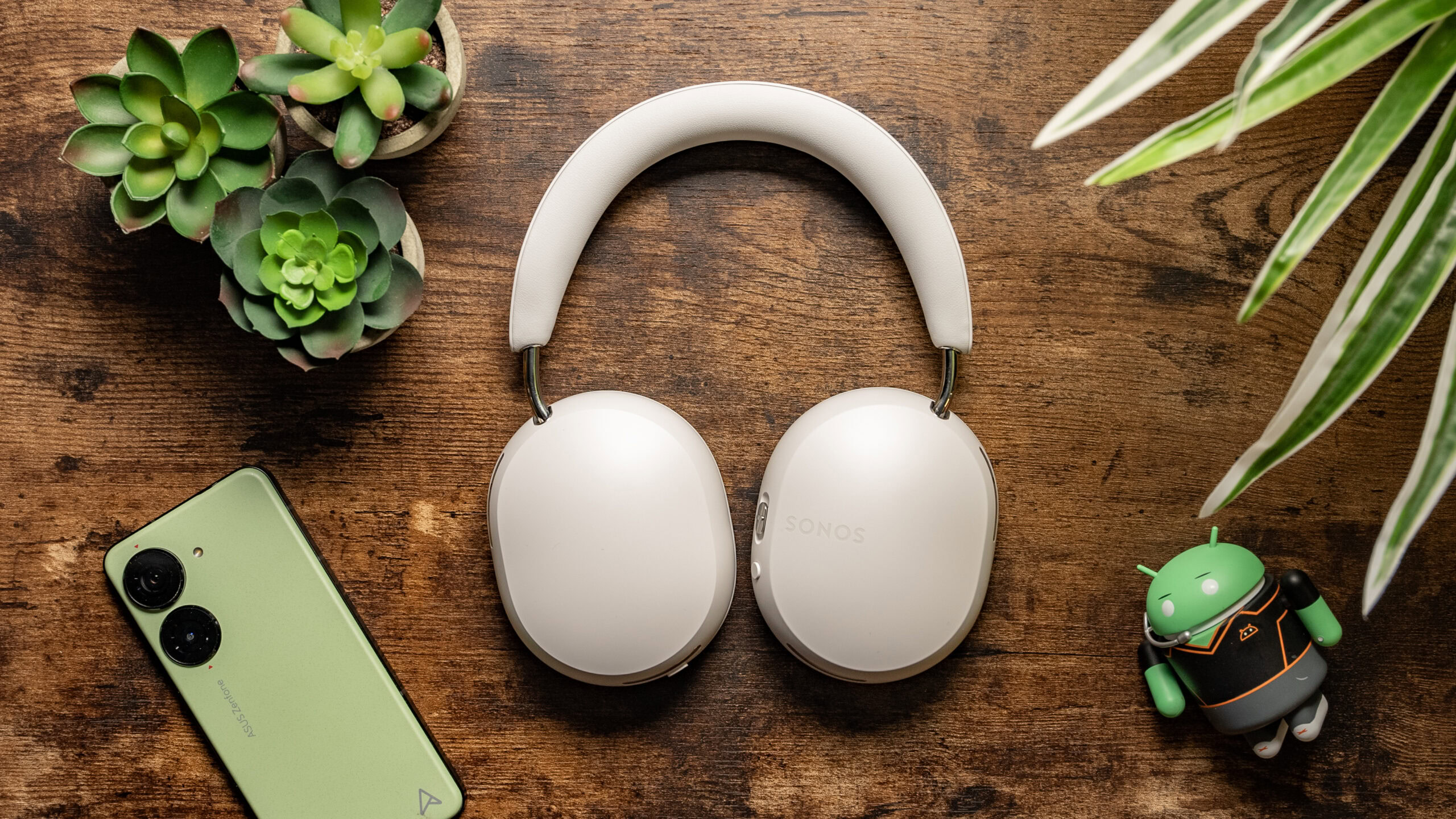
While Dolby Atmos is impressive in home theater and mobile device setups, recent innovations have brought this immersive audio technology to headphones as well. One notable example is the Sonos Ace, released in 2024.
The Sonos Ace is an over-ear headphone that supports Dolby Atmos with head tracking, enhancing the immersive audio experience. This feature is particularly effective when watching movies or listening to specially mixed music tracks. While it doesn’t replace a full Atmos speaker setup, the Sonos Ace provides a decent Atmos experience for those who can’t accommodate or afford a complete home theater system.
These headphones, priced at $449 at Amazon, integrate well with the Sonos ecosystem. They offer a feature called TV Audio Swap, which allows users to transfer audio from compatible Sonos soundbars (currently the Arc and Arc SL) to the headphones, extending the immersive audio experience to personal listening.
The Sonos Ace could be particularly appealing to movie enthusiasts or those who already own Sonos products. However, while the Atmos experience is good, users may need to adjust the default sound profile using the in-app EQ for the best experience.
Is Dolby Atmos good for VR?
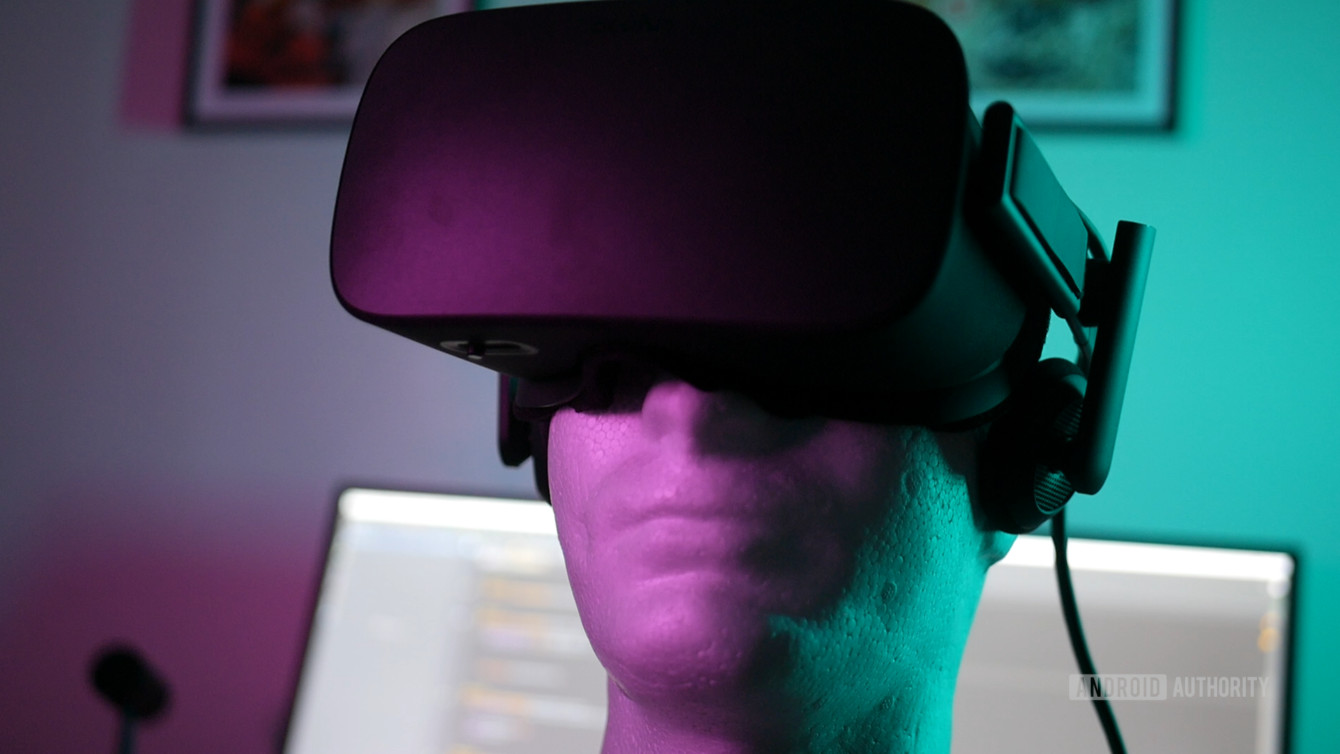
Absolutely. We process plenty of auditory information. Thus, in order for VR games and cinema to be effective, the audio too must be immersive. Enter: Dolby Atmos. In 2016, Dolby Atmos was used in the VR film Perspective Chapter 2: The Misdemeanor. It’s filmed from the first-person perspective, so accurate audio reproduction is imperative to keep the viewer engaged and their belief suspended. Ceri Thomas of Dolby stated, “we enable the viewer to empathize with those characters, to hear their voice in a unique way.”
While Dolby Atmos may not be the sexiest of technologies out there, it’s certainly permeated the world of entertainment. Whether you’re seeing a movie at your favorite spot or staying in to stream your favorite movie, there are many ways to experience Atmos audio. With the release of the Sennheiser Ambeo soundbar and more akin sound systems to come, we’ll likely continue to hear about Dolby Atmos and its evolution, especially as VR content becomes more accessible.
Frequently Asked Questions
Dolby Atmos creates a three-dimensional sound experience by treating audio as objects that can be precisely placed and moved anywhere in 3D space, including overhead, rather than being confined to specific channels.
Yes, Dolby Atmos can significantly enhance the audio experience, providing more immersive and realistic sound. The difference is most noticeable in content specifically mixed for Atmos, such as many modern movies and some music.
Dolby Atmos and Sony 360 Reality Audio operate similarly in that both use audio objects, rather than standard audio channels. This means that each audio object has the liberty to move anywhere within a three-dimensional space instead of coming from the standard left and right channels. Processing such as this creates a more immersive listening experience. Initially Dolby Atmos was only for movie soundtracks, but now Tidal tracks use the Dolby Atmos format. Sony 360 Reality Audio’s initial use case was for music played through headphones. Listeners with a compatible Sony headset, like the Sony WH-1000XM4, may experience optimal audio reproduction by allowing Sony’s Headphones Connect app to analyze ear anatomy.
While Dolby Atmos works best with Atmos-enabled speakers or ceiling speakers, it can adapt to various speaker configurations. However, to fully experience Atmos, you need speakers capable of producing overhead sound, either through upward-firing drivers or ceiling-mounted units.
Yes, Netflix supporst streaming with Dolby Atmos audio on certain titles. You need a Dolby Atmos-capable system, like the Sennheiser Ambeo, and the Premium Netflix plan; this supports Ultra HD streaming for $15.99/month.
You can experience Dolby Atmos in several ways:
- At Dolby Atmos-equipped movie theaters
- Through a home theater system with Atmos-enabled speakers and a compatible AV receiver
- Using Atmos-enabled soundbars
- On some mobile devices with built-in Atmos support
- With Atmos-compatible headphones like the Sonos Ace
- Through streaming services that offer Atmos content, such as Netflix, Disney+, and Apple TV+, when using compatible devices
Thank you for being part of our community. Read our Comment Policy before posting.